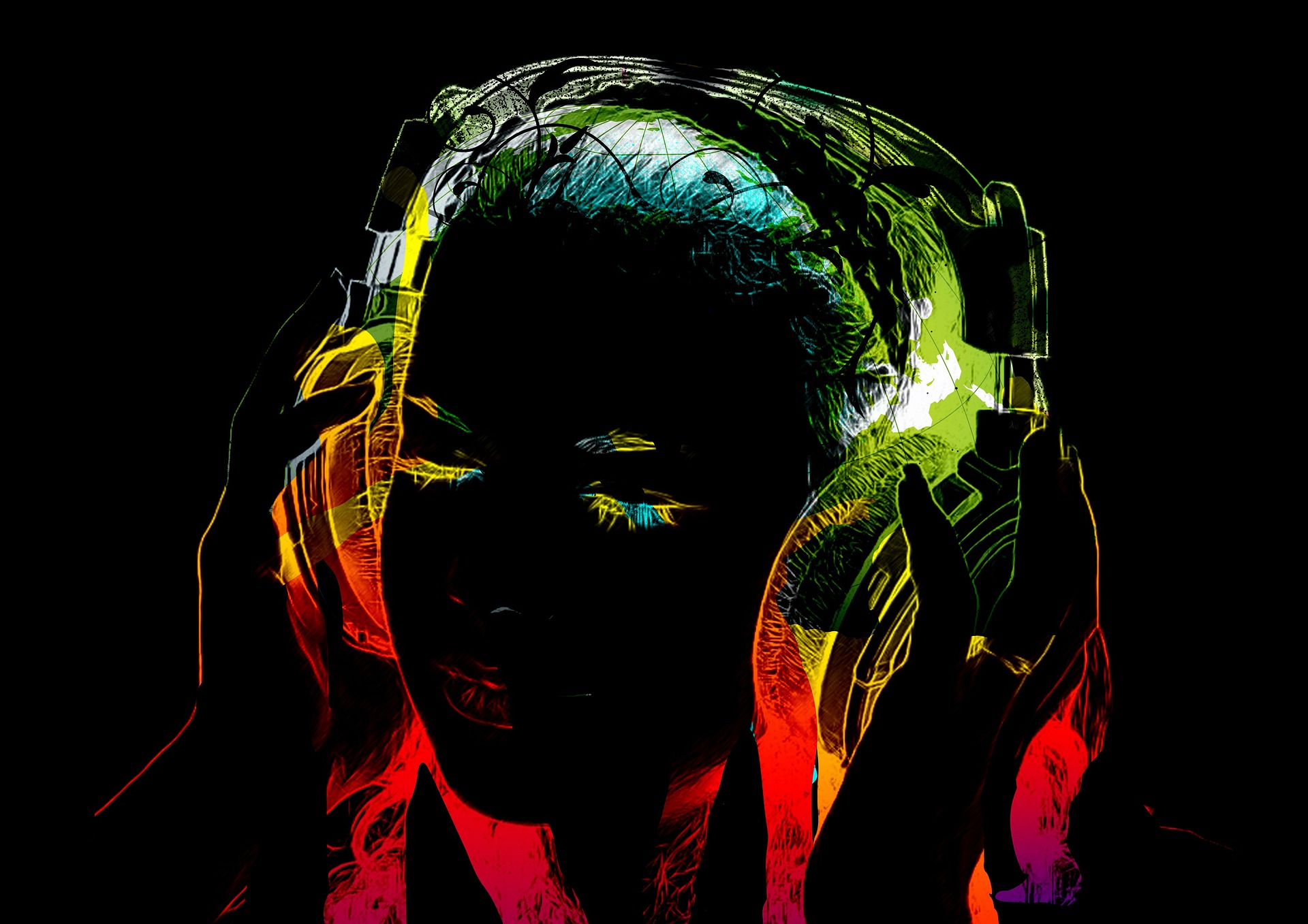Has the sound of whispers, crackles, or scratching ever given you tingles or the sense of calm or sleepiness? If the answer is “yes” to that question, then you have experienced Autonomous Sensory Meridian Response (ASMR).
What is ASMR?
ASMR is described as an experience initiated by physical, visual, or auditory triggers. The experience is characterized by a tingling or static sensation which most often begins in the scalp and travels down through the spine and body. Many who experience ASMR describe the sensation as a “brain massage.”
Triggers
The triggers are usually repetitive, methodical, gentle motions or sounds characterized by a steady pace and/or volume. There are different categories of triggers– tactile (felt), visual (seen), and auditory (heard). ASMR University provides some examples:
- Tactile: light touch, massage, hair touching, grooming, physical examination
- Visual: eye contact, observing hand movements
- Auditory: spoken sounds such as soft whispers, oral sounds such as chewing or blowing, and object sounds such as tapping, scratching, cutting, or handling of objects.
Sensations
The sensations can be physical or psychological. Physical sensations include tingles and chills that begin in the back of a person’s head and travel down through the spine and body. Alternatively, psychological sensations consist of feelings of happiness, comfort, calmness, relaxation, restfulness, and/or sleepiness. And some people don’t experience the sensations at all!
Benefits
The Department of Psychology at Swansea University conducted research on ASMR. Their research concluded that 82% of people used the triggers to help them sleep and 70% said it helped with stress. Furthermore, the study also suggests that it can act as a mood-booster. 80% of respondents stated that the triggers had a positive effect on their mood. ASMR University also found that some individuals with medical disorders reported that ASMR videos were “helpful to their insomnia, anxiety, panic disorder, and/or depression.”
If you enjoy ASMR trigger responses or are curious how they might affect you, check out our new ASMR Video. The video explores multiple auditory triggers and allows you to quickly switch between sounds. Once you’ve had the chance to listen, we would love your feedback on what sounds you think would make an entire video great. Share your experience and favorites with us by commenting under the YouTube video! In addition, we now tag ASMR sounds published in our White Noise Market so you can listen to them in our White Noise apps. We look forward to hearing your feedback!


